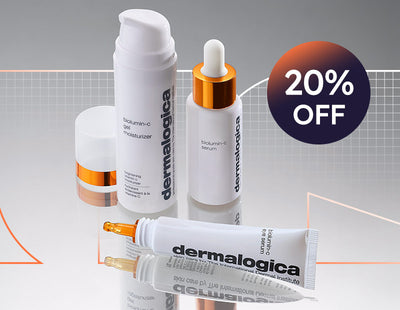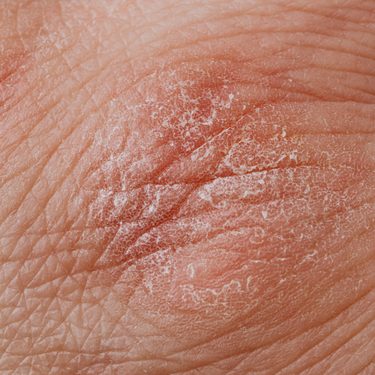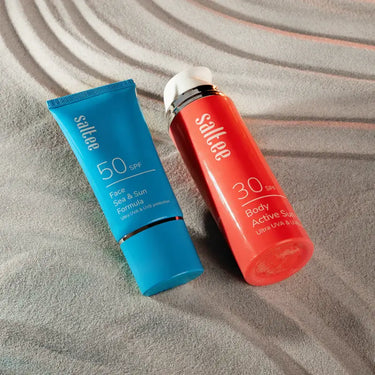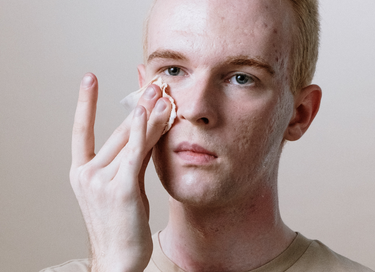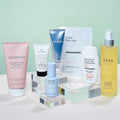Skincare Ingredients To Avoid When Using Retinol

One of my favourite hobbies is baking. Although sugar is the enemy of skin, my sweet tooth can't help a treat every now and then! Creating gooey brownies or a beautifully light cheesecake is like chemistry; it takes precise amounts of each ingredient or everything could go horribly wrong. Skincare isn't all too dissimilar to this, maybe that's why I love them both so much. Your regime may consist of four products that all individually claim to target your skin concerns, but if the ingredients in each can't work harmoniously together then they can't reach their full potential and deliver the results you'd expect.
Retinol is one of those 'wonder' anti-ageing products, but it is a powerful active that needs to be used carefully. If you're someone who likes to find their own way of using products, you'll need to readjust your view when using retinol. To get the best results and avoid any form of reaction, you need to follow the instructions carefully and balance it out with complimentary products. If you feel your retinol isn't working for you, these counter-acting ingredients may be why.Retinol (and other forms of Vitamin A) and Acids
Alpha Hydroxy Acids (such as Glycolic Acid and Lactic Acid) and Beta Hydroxy Acids (Salicylic Acid) work to gently exfoliate the skin by dissolving the glue that sticks dead skin cells to the surface. Retinol and other forms of vitamin A stimulate cellular turnover, meaning skin is able to naturally shed these dead skin cells more effectively. Although giving skin a little exfoliating boost is great, too much will over strip the skin and leave it irritated, red and flaky.Retinol and Ascorbic Acid (Vitamin C)
Although not an exfoliating acid, Vitamin C is acidic and works best at a pH of 3.5 or less. Retinol, on the other hand, requires a pH of around 5-5.6 to be at its most effective (the natural pH level of the skin is around 5.5, in case you were wondering). They can be safely used at different times of day, but avoid using acidic products with retinol to ensure the pH level of the skin has not been disrupted.While retinol can't handle a low pH level, companies are working on other forms of vitamin A that can be used alongside vitamin C. If you have a product that contains both, you'll probably find the retinol is labeled as time released. This means the retinol is encapsulated and released into the skin slowly, giving it time to return to a normal pH level after the application of vitamin C. Clever, huh?To get the most out of your retinol serum, we recommend using it 2-3 times a week. On the evenings you use retinol, you would cleanse, apply your serum and that's it. Every other evening you can continue your regime as normal, so long as it doesn't contain anything too strong or exfoliating.
Written for you by: Ellie, Face the Future




